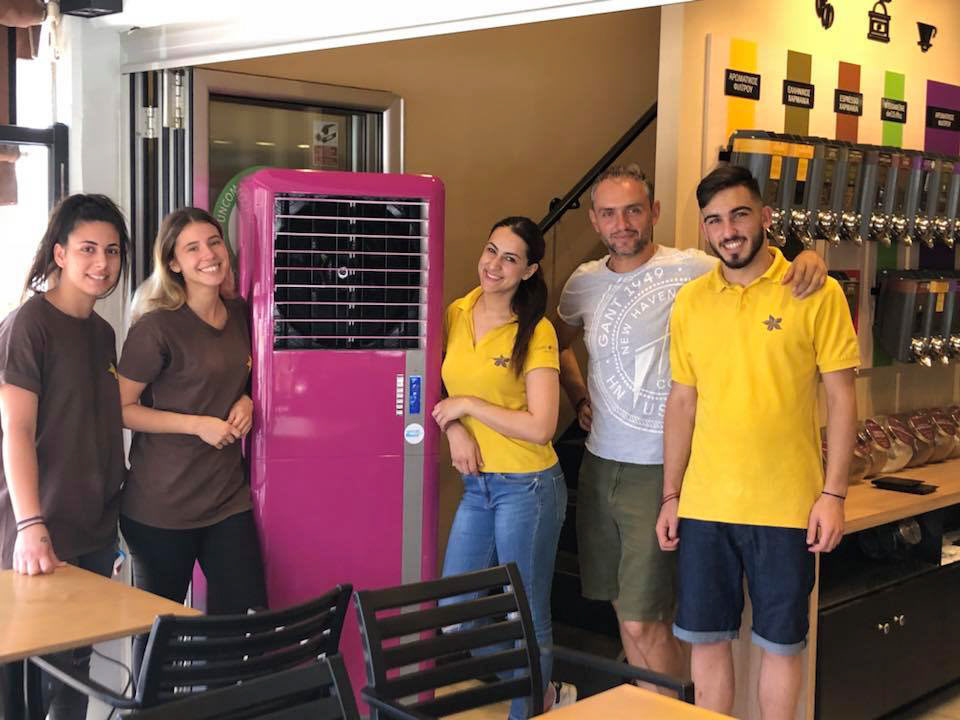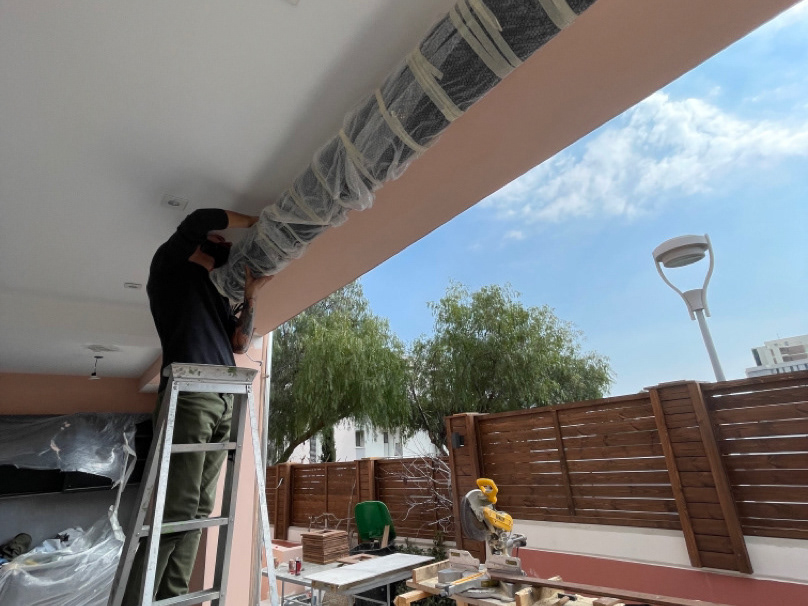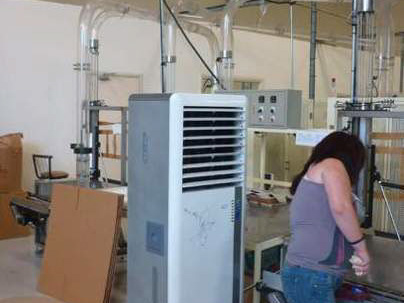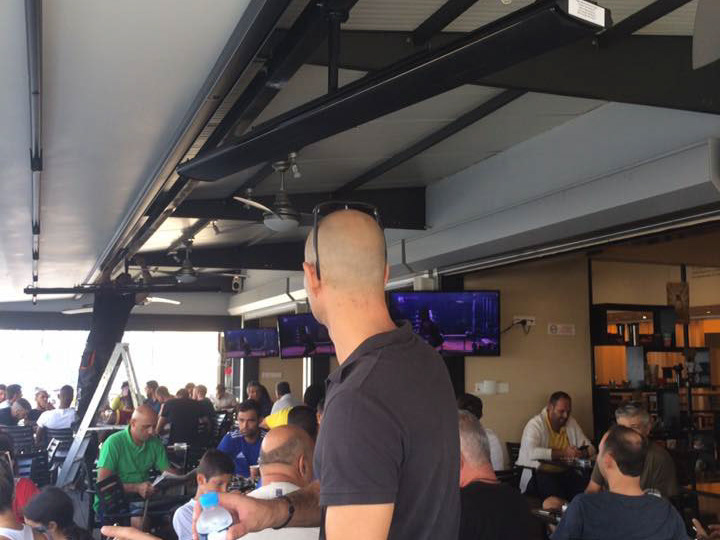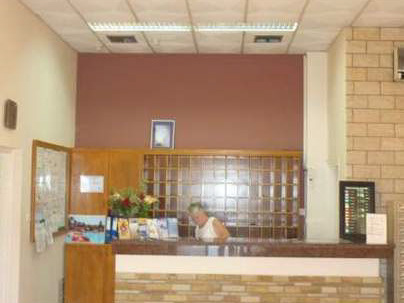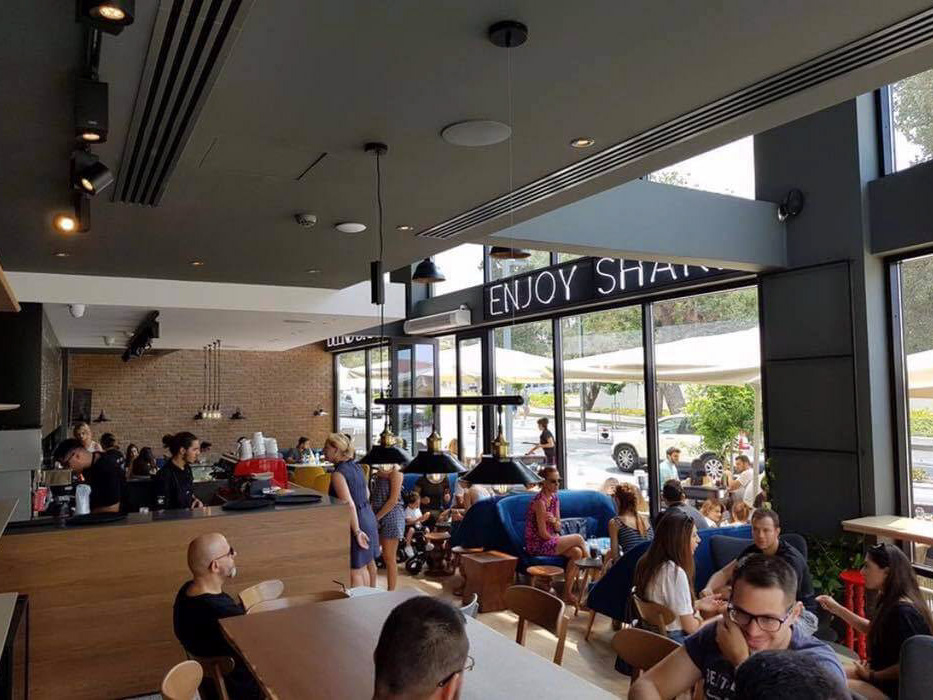Displacement cooling solution for a better indoor kitchen climate:
Allows incoming supply cold air to push older hot air away without mixing with it. A cold 🥶 air diffuser (or more than one) gently push the cold fresh air into the room, providing a steady flow of “cold new” air that continually pushes the warm, stale air up to the ceiling where it can exit through exhaust vents. The air doesn’t mix, but stays separate, meaning all light-as- or lighter-than-air contaminants are continuously removed.
Displacement cooling solution for a better indoor kitchen climate:
Displacement cooling allows incoming supply cold air to push older hot air away without mixing with it. A cold 🥶 air diffuser (or more than one) gently push the cold fresh air into the room, providing a steady flow of “cold new” air that continually pushes the warm, stale air up to the ceiling where it can exit through exhaust vents. The air doesn’t mix, but stays separate, meaning all light-as- or lighter-than-air contaminants are continuously removed.
With a displacement cooling setup, the cold fresh air is introduced into the room at low velocity, allowing it to slowly but inexorably push the existing air in the room upwards. The level of contaminants in the room at lower levels is low, while contaminant-rich air near the ceiling is removed.
In contrast, a mixed air system simply pushes cold fresh air into the room at high velocity, forcing increased circulation and mixing the introduced air with the stale air to lower the concentration of contaminants. Mixed air is exhausted from the system at any level, and heated air is part of the mix, meaning cooling must be maintained across all air volume, not just the lower usable levels where cooling is needed most for the chef and line cooks.

